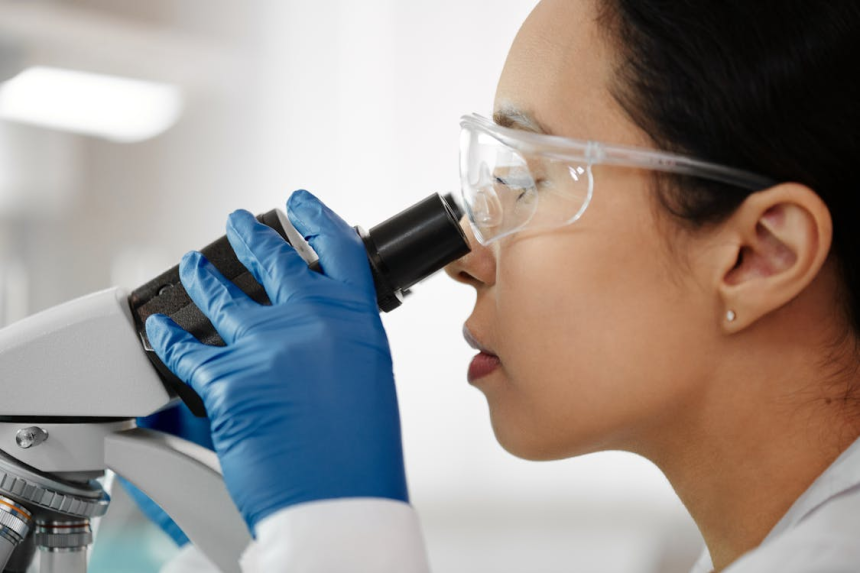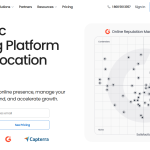Healthcare is in a period of transformation shaped by data, technology, and constant innovation. The professionals entering the field today need digital fluency, analytical precision, and an understanding of how information drives modern care. Academic programs are improving to meet this demand, creating pathways that merge science with systems thinking.
The next generation of healthcare experts will work with complex data, AI-assisted diagnostics, and cloud-based medical systems. Their training must prepare them to connect patient care with data interpretation and to use technology responsibly. Educational design has begun to reflect this shift. Instead of focusing on a single discipline, programs now teach students to think across boundaries, combining data analytics, public health, and technology into one cohesive learning experience.
Foundational Knowledge
A robust academic foundation defines success in any data-driven healthcare career. Students start by learning the structure of healthcare systems, the basics of medical terminology, and the principles of data management. This combination builds a solid platform for further specialization in fields that rely on accurate, secure, and well-organized information.
Earning a degree in Health Informatics, such as through an MHI online program, is an effective step for students and professionals looking to expand their skill set. The one offered by Northern Kentucky University offers a practical, forward-thinking approach that connects technology with real healthcare applications. Students gain hands-on experience in analytics, data management, and system design, preparing them for roles in hospitals, research, and public health settings. The flexibility of online learning allows participants to balance study with work while gaining technical and analytical expertise. Courses often include health data analytics, system design, and ethical data use, all of which prepare graduates to manage healthcare information efficiently and contribute to digital progress within hospitals, clinics, and research facilities.
Clinical and Computational Skills
Modern education combines medical understanding with computational capability. Students are introduced to programming basics, algorithmic logic, and software applications commonly used in hospitals and research.
Practical exercises reinforce what’s learned in theory. Simulations, coding projects, and data interpretation labs allow students to experience real-world problem-solving. They learn how to analyze patient data, interpret outcomes, and apply computational reasoning to support clinical goals. This balance of technical ability and medical awareness prepares them for careers that merge precision medicine with technology.
Cross-Disciplinary Programs
Healthcare no longer operates in isolated academic tracks. Cross-disciplinary programs connect public health, data science, and management studies into a unified structure. Students gain exposure to how different fields depend on one another, which strengthens their ability to solve complex health challenges.
A student might analyze population health data one semester and develop workflow models for clinical software the next. Each course builds perspective, showing how clinical insight, policy design, and data interpretation align to improve outcomes.
Case-Based Learning
Learning through cases bridges theory with real-world application. Students work through scenarios that mirror daily challenges in hospitals and health systems. Each case introduces data sets, ethical considerations, and problem-solving frameworks that demand both reasoning and technical application.
This method trains students to think critically under realistic conditions. Instead of memorizing isolated facts, they analyze relationships between data, treatment decisions, and outcomes. Case-based learning develops confidence and situational awareness, two qualities that define capable professionals in fast-paced medical environments.
Industry Partnerships
Partnerships between academia and healthcare organizations play a vital role in shaping effective education. Such collaborations give students access to current technologies, active research projects, and mentorship from professionals already working in the field. Moreover, they help align academic goals with industry standards, so students graduate ready for immediate contribution.
Internships and cooperative placements strengthen this relationship further. Learners gain firsthand exposure to clinical workflows, data reporting systems, and emerging technologies like AI-assisted diagnostics.
AI Integration
Artificial intelligence has become a crucial part of how healthcare systems collect, process, and interpret data. Academic programs now introduce students to the foundations of AI, helping them understand how machine learning supports diagnostics, research, and patient monitoring. Students explore both the opportunities and the responsibilities that come with integrating these tools into medical environments.
Training focuses on practical comprehension rather than abstract theory. Learners examine how AI systems predict trends, support decision-making, and organize medical records. They also study data quality, accuracy, and bias, ensuring they use technology with awareness and care.
Data Visualization
Communicating insights from data is a central part of modern healthcare education. Visualization courses teach students to translate complex numbers and research findings into charts, dashboards, and summaries that can be understood across disciplines.
Students practice building visual reports that summarize patient outcomes, resource allocation, or public health metrics. The tools help healthcare teams make faster, more confident decisions. Visualization turns raw information into stories that support collaboration among clinicians, administrators, and researchers.
Interprofessional Learning
Healthcare functions best when professionals from different disciplines work together. Interprofessional education creates shared classrooms for medical, nursing, data science, and IT students, allowing them to learn how to communicate effectively and solve problems as a team. This structure reflects how real healthcare systems operate.
Through joint projects and collaborative simulations, students learn how to combine clinical insight with technical analysis. Each discipline contributes its perspective, leading to well-rounded decision-making.
Data-driven healthcare depends on education that builds both technical ability and human understanding. Academic pathways that integrate analytics, ethics, and collaboration prepare students for a future where data informs every medical decision. As students learn to read, interpret, and apply data, they also learn how to improve care with accuracy and compassion.
Lynn Martelli is an editor at Readability. She received her MFA in Creative Writing from Antioch University and has worked as an editor for over 10 years. Lynn has edited a wide variety of books, including fiction, non-fiction, memoirs, and more. In her free time, Lynn enjoys reading, writing, and spending time with her family and friends.















